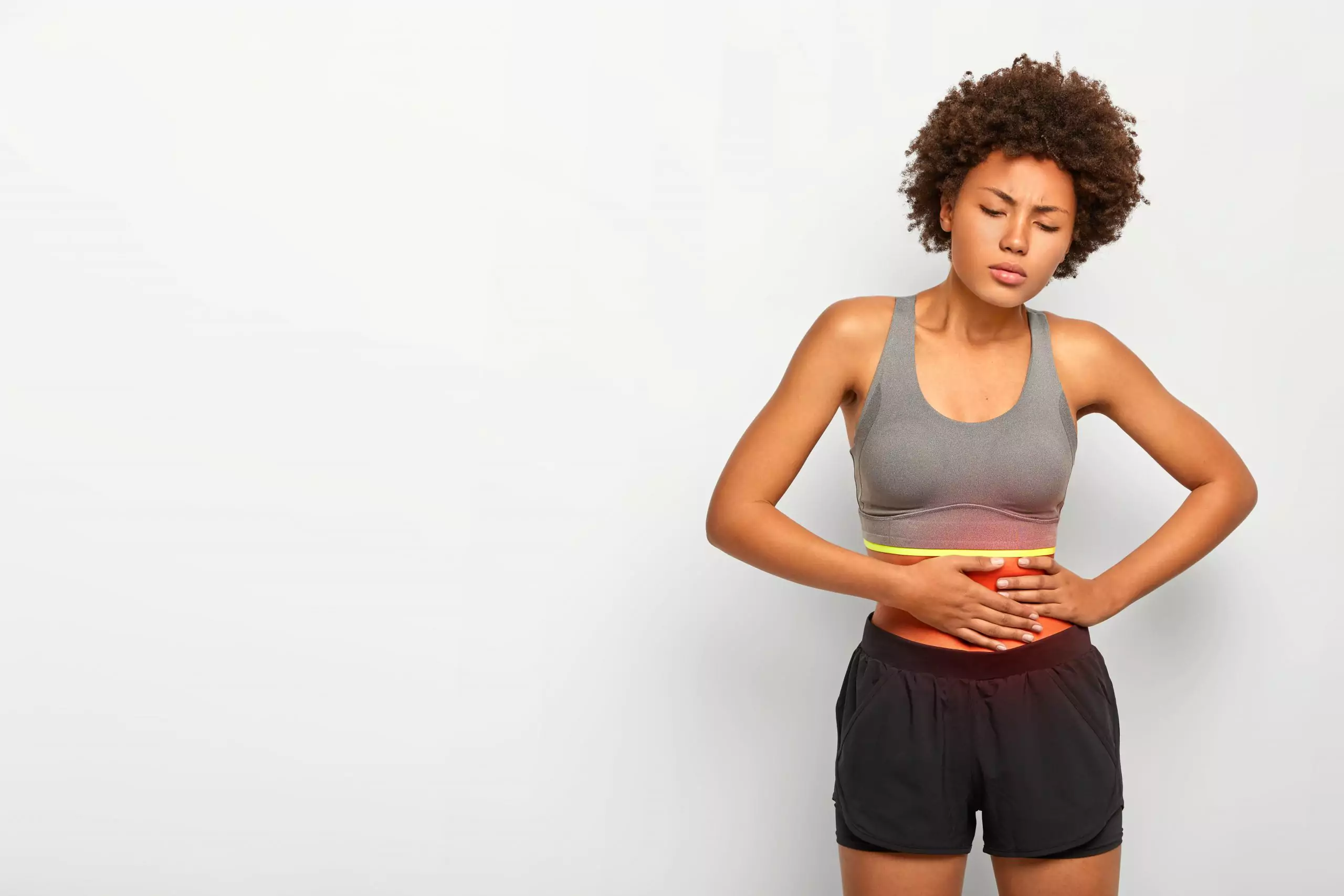What Is a Subserosal Fibroid?
Did you know that there are different types of uterine fibroids that all grow in different places? Of the four types of fibroids, subserosal fibroids are those that grow on the outside, or outer wall, of the uterus. Here’s what you need to know about the symptoms a subserosal fibroid may cause and how this type of fibroid can be treated.

This diagram shows where each type of fibroid is located in relation to the uterus.
(This image is from Myovant Sciences.)
A subserosal fibroid, or subserosal leiomyoma, is a benign growth on the outer uterine wall. They may be attached directly to the uterus or by a thin stalk, also known as a pedunculated fibroid. Subserosal fibroids don’t typically cause heavy bleeding—a common symptom of most kinds of uterine fibroids—but they can cause severe pelvic pain. This type of fibroid can also put pressure on the surrounding organs.
What symptoms can a subserosal leiomyoma cause?
Every woman’s fibroids experience may differ because of your symptoms and their severity, which depend on:
- The number of fibroids you have
- The size of your fibroids
- Your body and other personal factors
Unlike intramural and submucosal fibroids that grow on the inside of the uterus, subserosal fibroids grow on the outside of the uterus, which means the symptoms tend to be different. The biggest difference is that subserosal fibroids generally seem to impact nearby organs more than the uterus, like the bladder.

Every woman’s fibroids experience may differ because of your symptoms and their severity, which depend on:
- The number of fibroids you have
- The size of your fibroids
- Your body and other personal factors
Unlike intramural and submucosal fibroids that grow on the inside of the uterus, subserosal fibroids grow on the outside of the uterus, which means the symptoms tend to be different. The biggest difference is that subserosal fibroids generally seem to impact nearby organs more than the uterus, like the bladder.
Common symptoms to look out for with a subserosal fibroid include:
- Abdominal pain or cramping
- Bloating or constipation
- Feeling of fullness or heaviness
- Frequent need to urinate
- Lower back pain
- Pain during sex
You may even feel like your clothes are fitting tighter.
Does treatment differ for this type of fibroid?
The standard treatments for uterine fibroids also apply to subserosal fibroids, such as:
- Medications, including hormonal birth control, Gonadotropin-releasing hormone (GnRH) agonists, tranexamic acid, and nonsteroidal anti-inflammatory drugs (NSAIDs).
- A non-invasive procedure, called MRI-guided focused ultrasound surgery (FUS).
- Minimally-invasive procedures, like uterine artery embolization (UAE), radiofrequency ablation, laparoscopic or robotic myomectomy, hysteroscopic myomectomy, and endometrial ablation.
- Surgery, namely a hysterectomy (whether partial or full), but also abdominal myomectomy.


